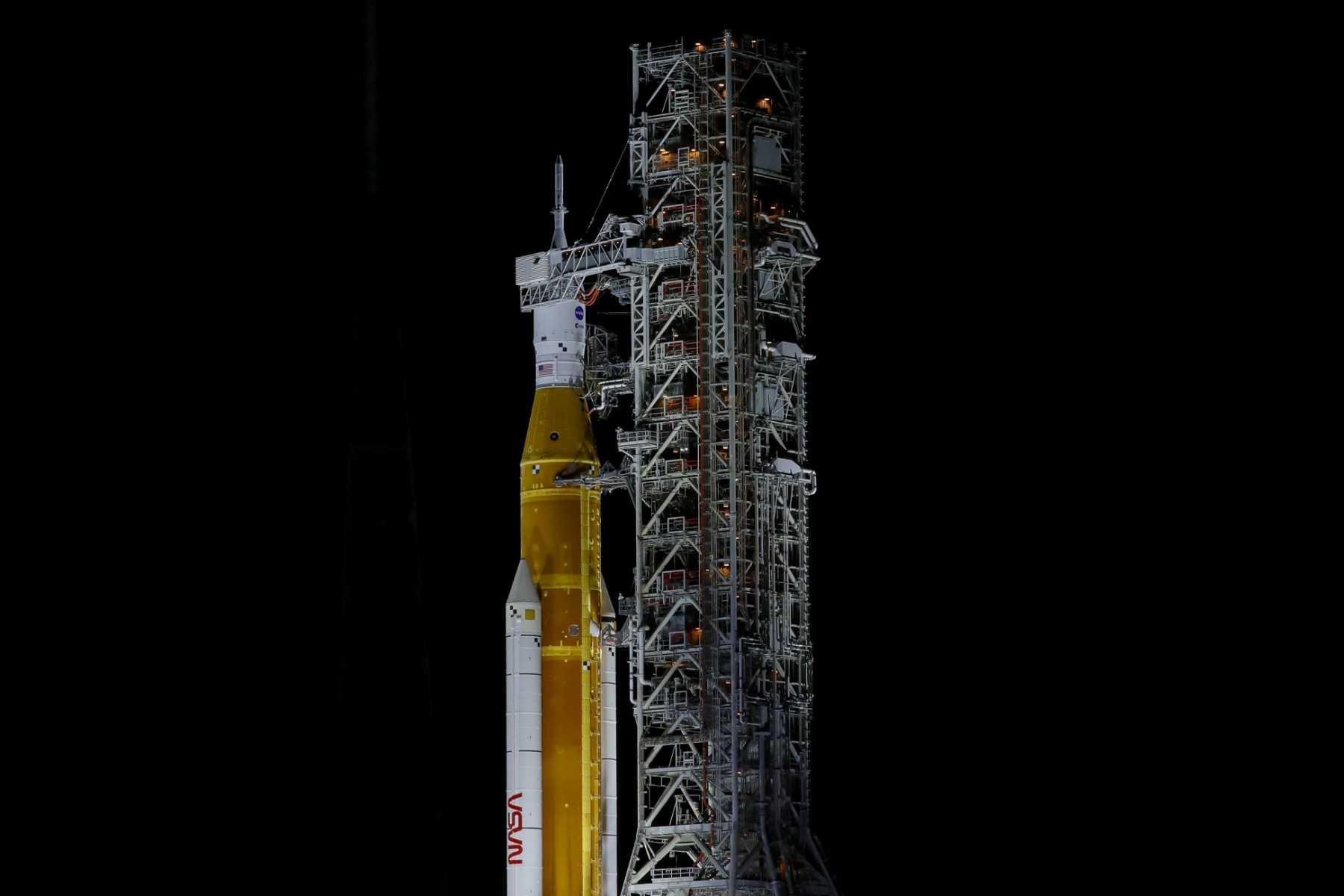Nasa to roll out giant US moon rocket for debut launch
The mission will be a crucial, long-delayed demonstration trip to the moon in Nasa's Artemis programme, the US multibillion-dollar effort to return humans to the lunar surface as practice for future missions to Mars.
Just In
Nasa's gigantic Space Launch System moon rocket, topped with an uncrewed astronaut capsule, is set to begin an hours-long crawl to its launchpad Tuesday night ahead of the behemoth's debut test flight later this month.
The 322 foot tall (98-meter-tall) rocket is scheduled to embark on its first mission to space – without any humans – on Aug 29. It will be a crucial, long-delayed demonstration trip to the moon in Nasa's Artemis programme, the US multibillion-dollar effort to return humans to the lunar surface as practice for future missions to Mars.
The Space Launch System, whose development in the past decade has been led by Boeing Co, is scheduled to emerge from its assembly building at Nasa's Kennedy Space Centre in Florida around 9pm EDT on Tuesday (0100 GMT on Wednesday) and begin the four-mile long (6km) trek to its launchpad. Moving less than a mile per hour (1.6km per hour), the rollout will take roughly 11 hours.
Sitting atop the rocket is Nasa's Orion astronaut capsule, a pod built by Lockheed Martin Corp. It is designed to separate from the rocket in space, ferry humans toward the moon's vicinity and rendezvous with a separate spacecraft that will take astronauts down to the lunar surface.
But for the Aug 29 mission, called Artemis 1, the Orion capsule will launch atop the Space Launch System without any humans and orbit around the moon before returning to Earth for an ocean splashdown 42 days later.
If bad launch weather or a minor technical issue triggers a delay from Aug 29, the National Aeronautics and Space Administration has backup launch dates on Sept 2 and Sept 5.
Subscribe to our newsletter
To be updated with all the latest news and analyses daily.
Most Read
No articles found.
